
In this post you will learn everything you need to know to craft a social media marketing strategy & run a killer campaign that will help your business grow organically.
The right social media marketing strategy can net your business MAJOR wins. Whether those wins are sales, sign-ups, leads, whatever. Social can do it for you. Just like it did for Fashion Nova — a 600% increase in sales thanks to an effective Instagram influencer strategy.
Well, what are we waiting for, let’s get into it!
What is Social Media Marketing?
Social media marketing is basically using the organic outreach and power of social media platforms, to market your business. It really is that simple – it’s the modern, social media equivalent of TV ads, or direct mail.
The 8 main social media platforms to market on are:
- YouTube
- Snapchat
- TikTok

Instagram is one of the best social media platforms to market on. They have a user base of 1 billion, consisting mostly of millennials (24-39.)
As a platform it’s most ideal for B2C businesses looking to advertise products/services. It’s also used to promote community user-generated content, behind-the-scenes content and natural media-based content.
Instagram Features
Photos — Ability to post and edit photos. Can post one image, or many in a sliding collage.

Videos — Instagram allows you to post and edit videos. You can also shoot them with your phone camera, and upload them straight to your page.

Stories — Taken from Snapchat, Instagram allows you to post frequent, recent images and videos in a “story” format.
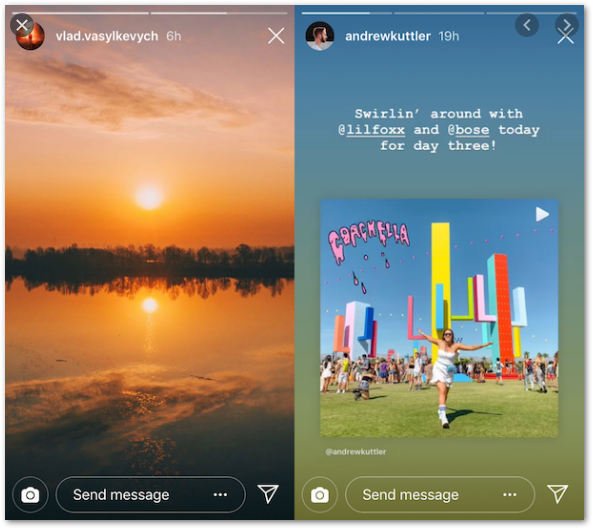
Live Video — You can shoot live-streaming videos on Instagram. Your followers can tune in, or watch the whole thing after.
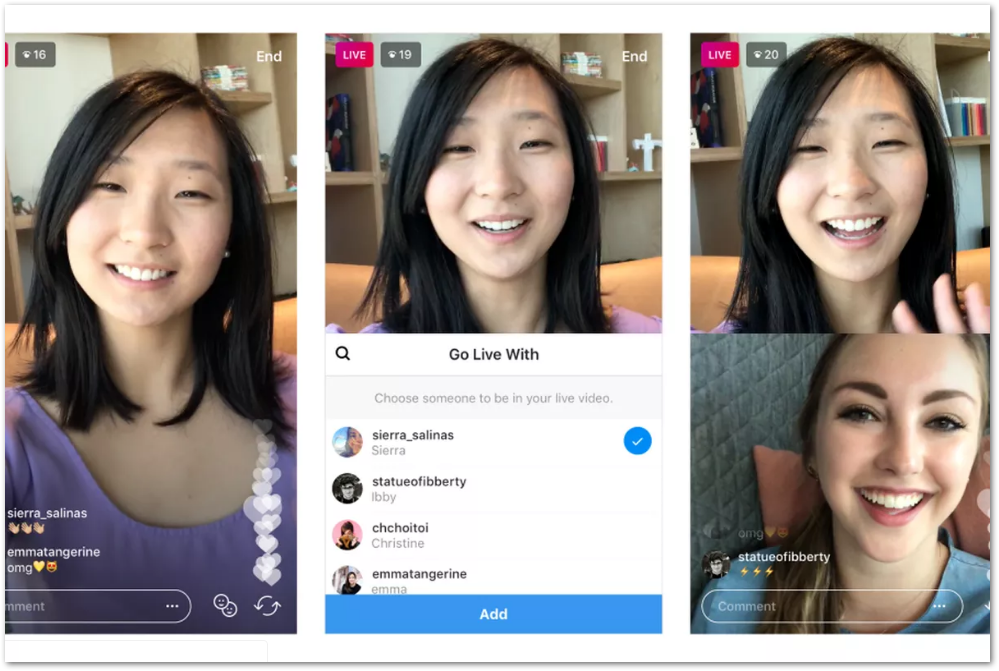
Hashtags/Tagging — You can use hashtags like Twitter, and tag people in posts or comments.
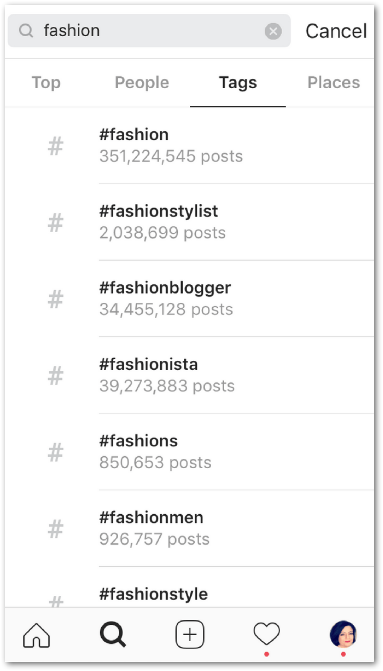

With over 2.2 billion people using Facebook, it has, and still is, a prime social media marketing platform. Most of Facebook’s massive audience comprises of gen-x (40-55) and millennials (24-39.)
This is a platform best suited for B2C businesses advertising its products/services. It’s only a strong platform for building brand awareness.
Facebook used to be the best social media marketing platform — this was before they tanked organic reach. They did this because they don’t want people making money off them. They want you to buy Facebook Ads.
Facebook Features
Photos — Facebook allows you to upload images for all your friends to see.
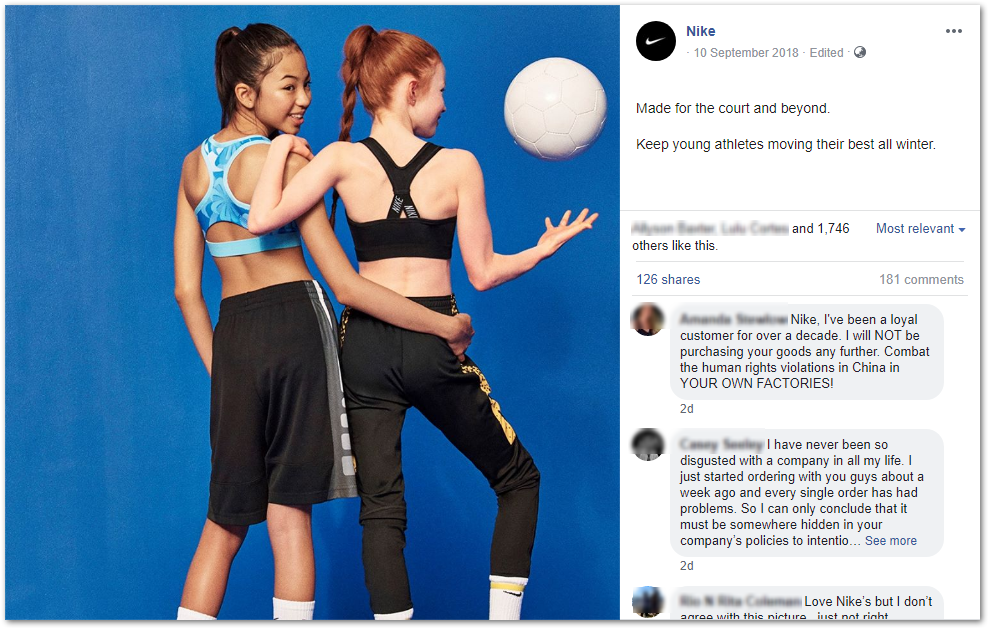
Status Updates — Ability to upload text-based status updates, with emojis and geolocation data.
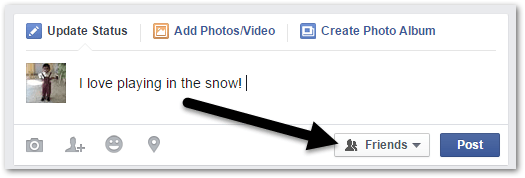
Videos — Videos can be made, and posted on Facebook.
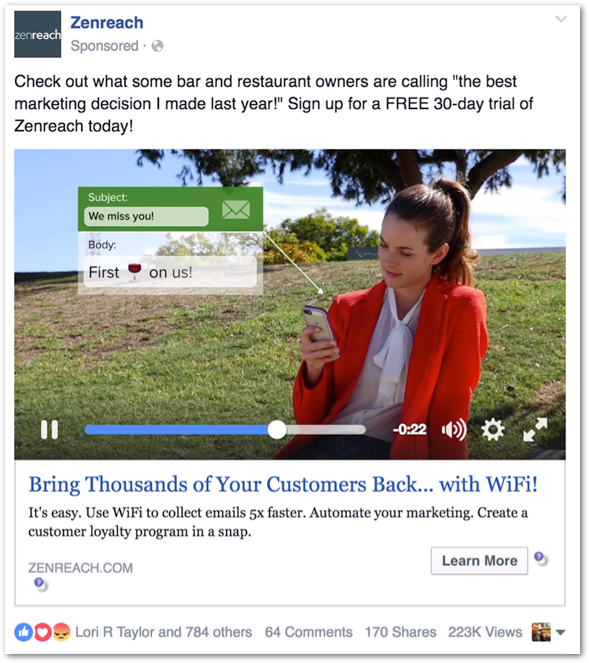
Stories —— Like Instagram and Snapchat, Facebook allows users to post stories.
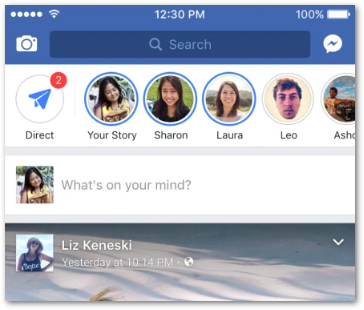
Live Video — Live-streaming videos can be made on Facebook. Can be watched post-live as well.
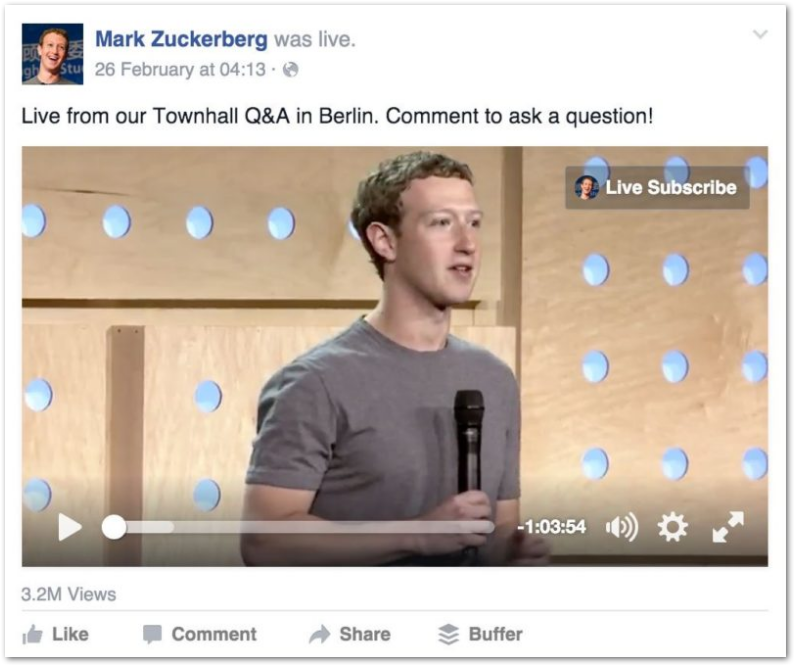
YouTube
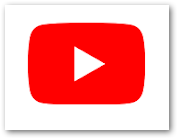
At just over 1.9 billion users, YouTube is the premier video-sharing social media platform. Its massive community comprises mostly of millennials (24-39) and gen z (0-23.)
It is more suited to B2C than B2B, and is great for brand awareness, entertainment and how-to videos.
YouTube Features
Videos — YouTube’s main focus is on allowing users to post video content. 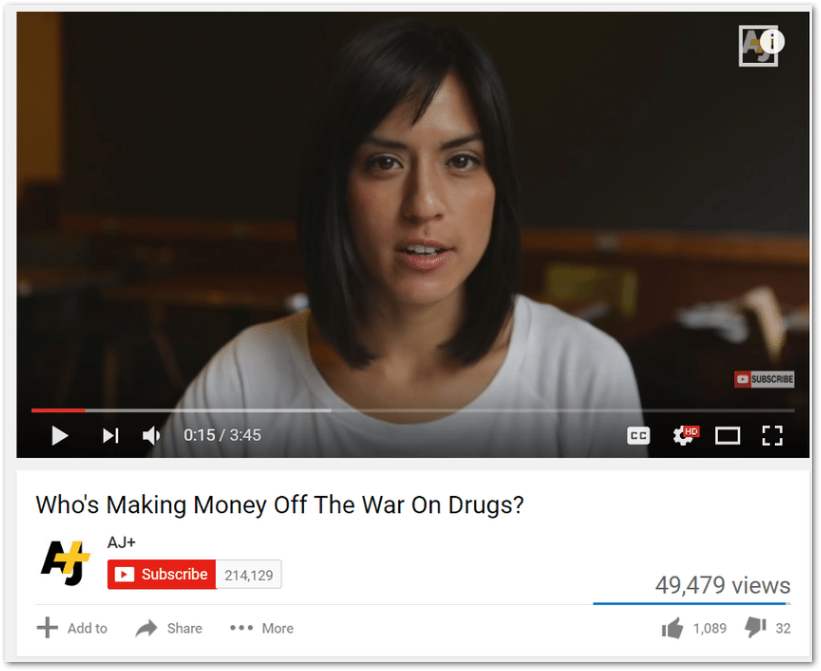
Monetization — Videos can be “monetized” which essentially means ads are placed on the video. 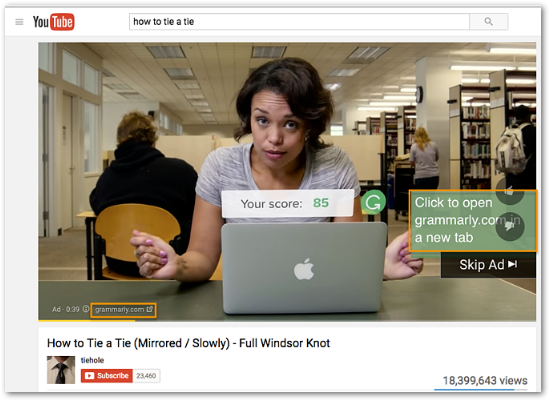
Live Video — Like Instagram and Facebook, you can post live videos on YouTube. There is also a live chat to complement the stream. 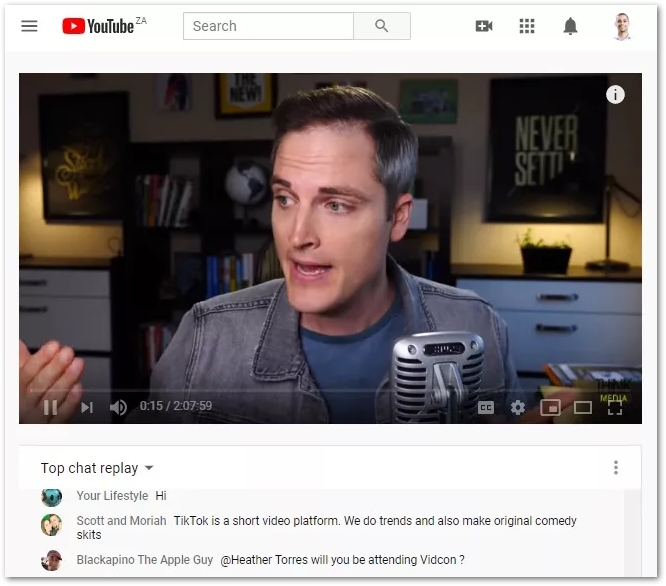
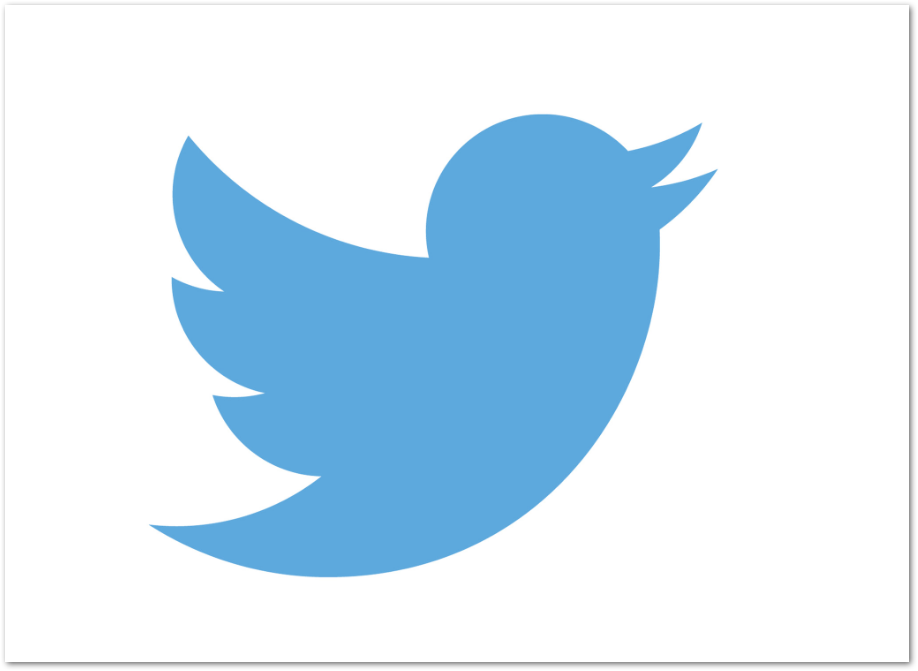
With a massive 335 million, predominantly millennial (24-39) userbase, Twitter is a powerful social media marketing platform.
Twitter is used by both B2B and B2C businesses, and is ideal for public relations and customer service.
The platform also pioneered the “hashtag” social system — a powerful trendsetting feature.
Twitter Features
Tweets — Twitter allows you to make “tweets” which are live text-based updates. 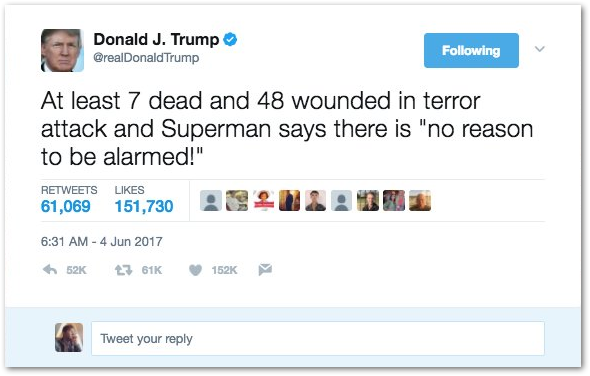
Hashtags — Twitter created the hashtag system, which is basically a generalized tagging system.
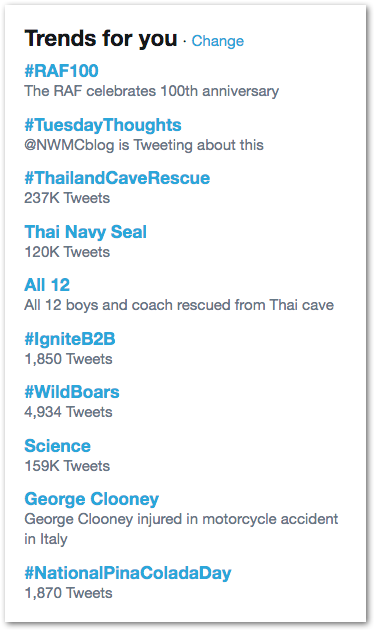
Images — Just like Facebook and Instagram, you can post images on Twitter.
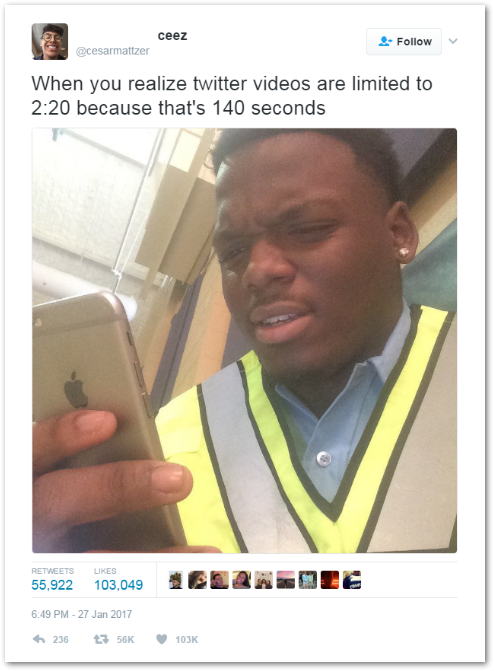
Videos — Twitter allows you to videos like most other social media platforms.
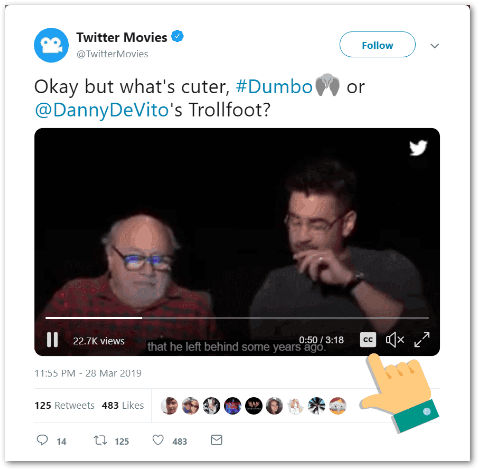
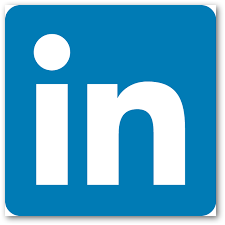
LinkedIn is the “professionals” social platform, with a generationally-diverse userbase of 645 million. You are as likely to find baby boomers (56-74) on here, as you are gen x (40-55) and millenials (24-39.)
It’s the most “B2B” social platform, making it great for business development and relationships, as well as employment marketing.
LinkedIn Features
Connections — LinkedIn allows users to make “connections” with others, which is basically like a friend request.
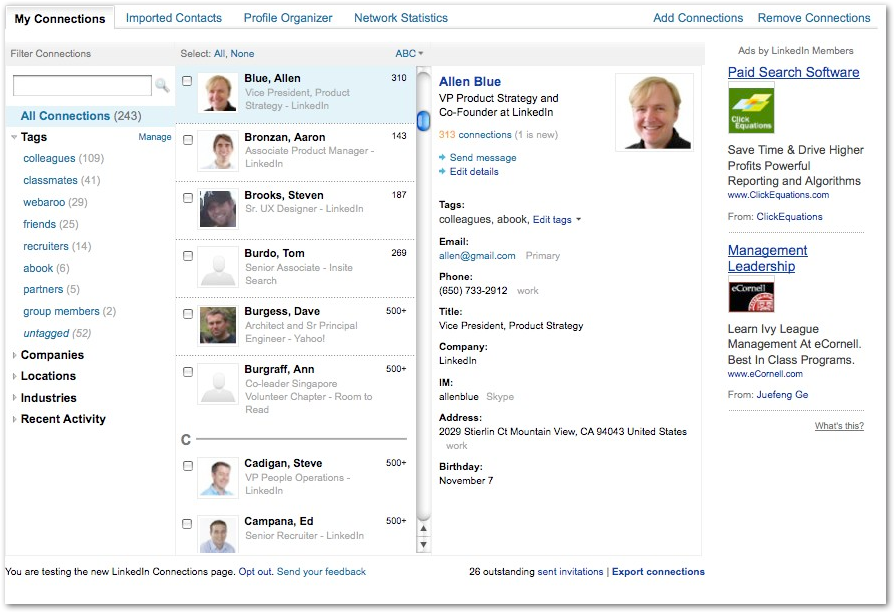
Videos — Users can now share videos with their connections, thanks to LinkedIn Video
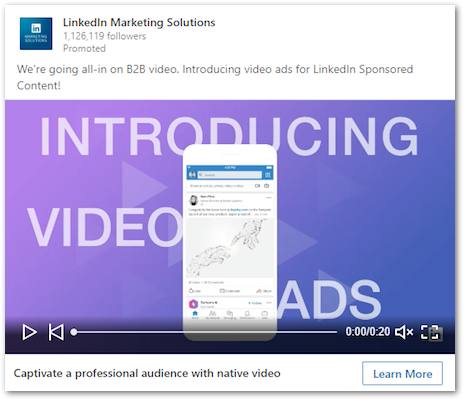
Posts/Articles — LinkedIn allows users to write posts, or even extensive articles.
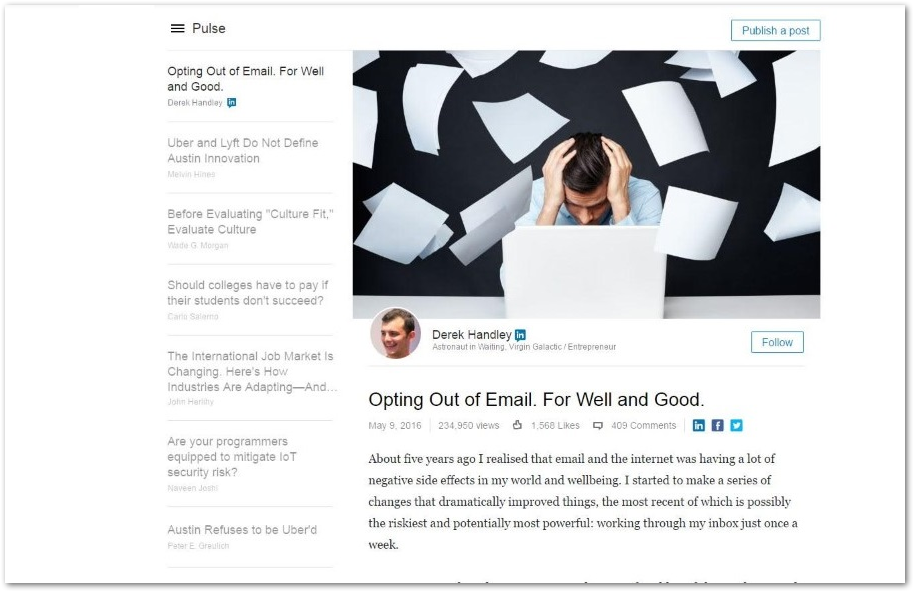
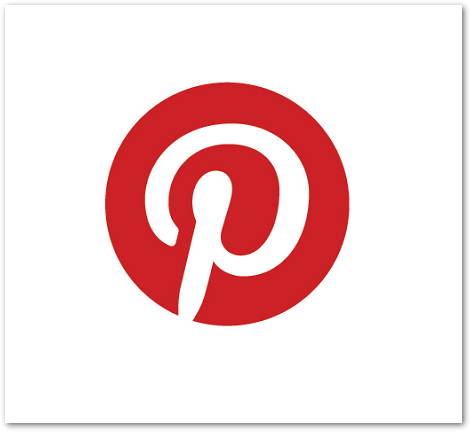
Pinterest is an image-based social media platform with over 250 million people using it. Its audience consists primarily of young baby boomers and older millennials.
It’s best used for marketing by B2C industry-based companies, and is specifically good for visual advertising.
Compared to all other social platforms, it’s most similar to Instagram.
Pinterest Features
Pins — A pin is simply an image that has been linked from a website or page.

Boards — A board is a collection of pins (images) related to each other under a common theme.
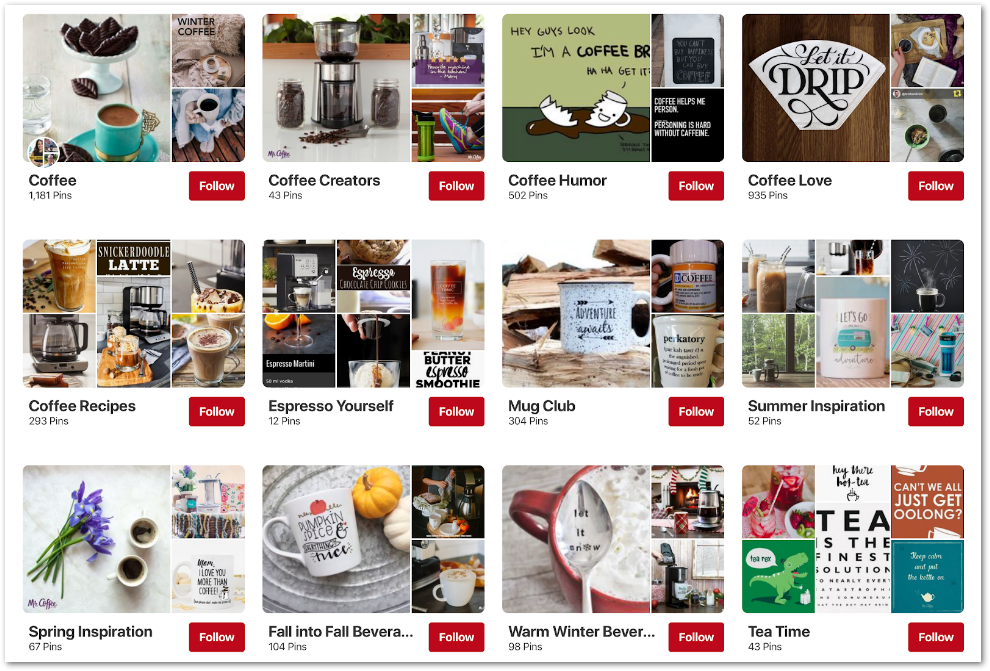
Snapchat
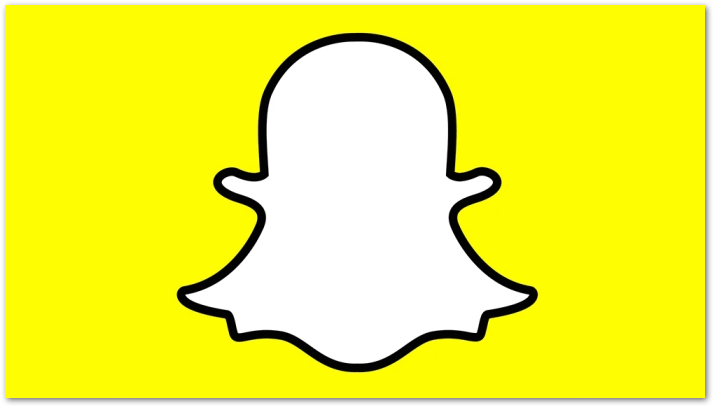
Snapchat (along with TikTok) is the social platform choice for generation z. With over 300 million people using the app, it’s one of the most popular social media platforms.
Snapchat is a video-based social platform, best suited for businesses in the B2C sector. Although it has limitations compared to other platforms, it is great for brand awareness and advertising.
Snapchat Features
Photos — Ability to send photos to other Snapchat users. Small captions, and image edits/filter can be used.

Videos — Snapchat allows you to send short videos, which is something it innovated.
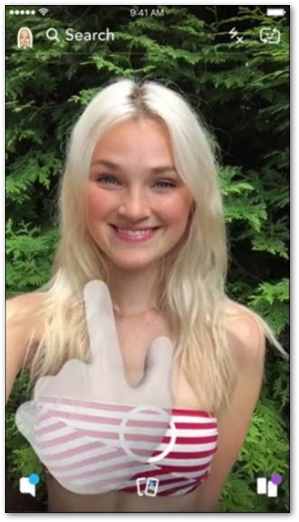
Stories — Snapchat created “stories” which are a group of images and/or videos in chronological order, grouped together semantically.
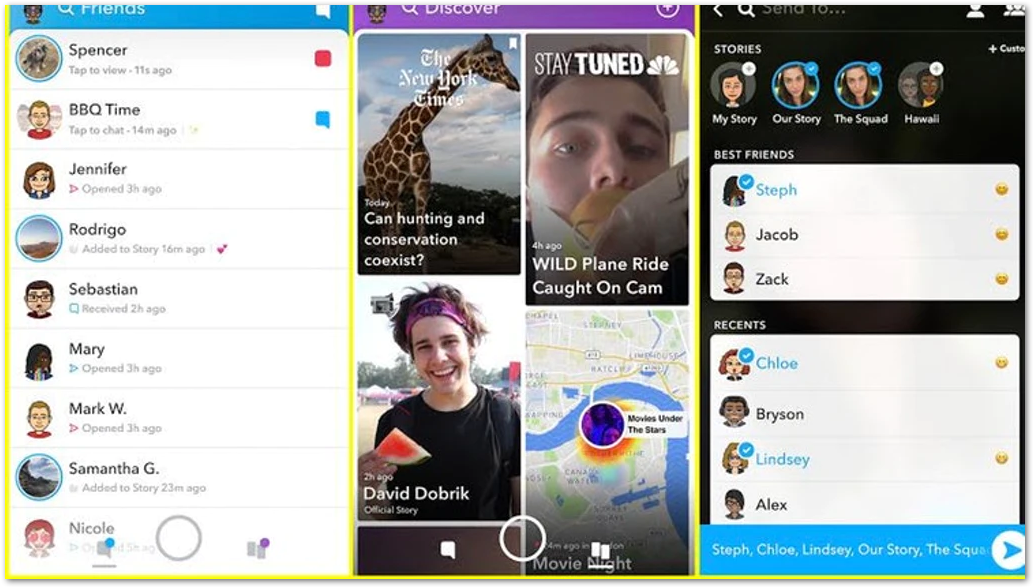
TikTok
TikTok is another video-based social platform similar to Snapchat — it’s what all the young kids of generation z use.
The platform has over 500 million active users, and like Snapchat, is best used for B2C businesses. It is specifically good for brand awareness and advertising, geared toward the youth.
TikTok Features
Photos — TikTok’s primary feature is the ability to make short videos, which can be sped up or slowed down. Filters and music can also be added.
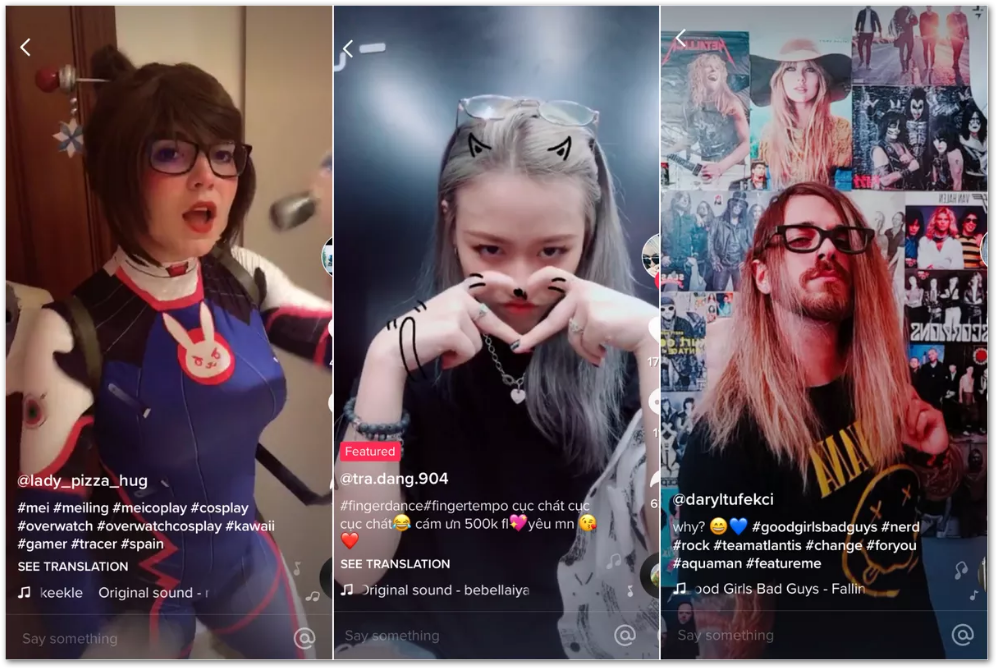
Specific Types of Social Media Marketing
Understanding the avenues of social media marketing you can take is the first major step to crafting a strategy that will work for your brand.
Here are some popular social media marketing strategies used today:
-Instagram Influencers -Paid Ads -Live Videos -Video Content -User-Generated Content
Instagram Influencers
Instagram influencers are basically people/pages who have lots of followers. Influencer marketing works by paying these people to promote your business.
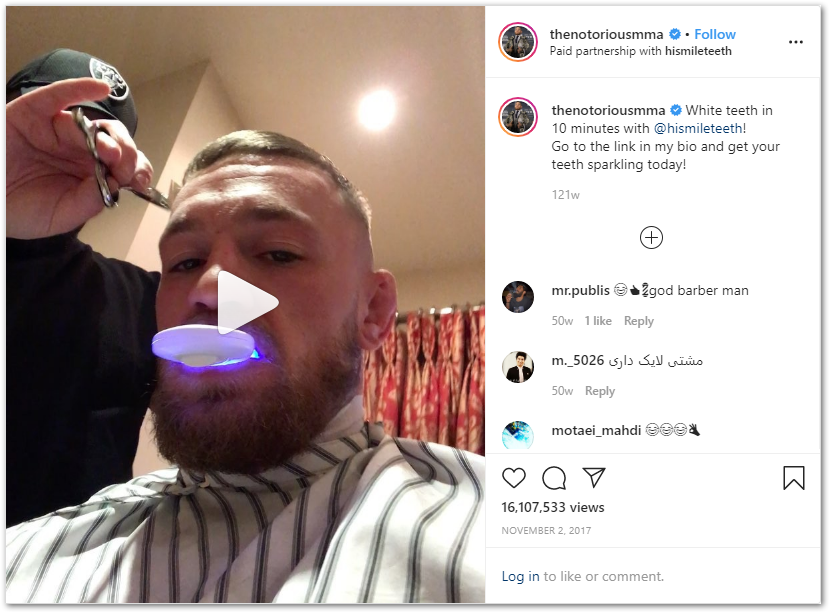
Paid Ads
Paid ads exist on most social media platforms — Facebook, Instagram, YouTube and Twitter have them. Instead of paying an influencer, you pay the platform — they advertise you, in prime real estate on the platform.
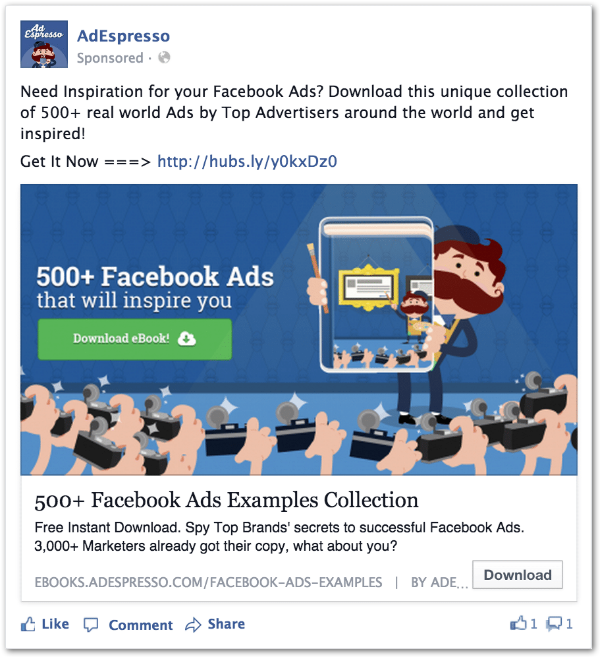
Live Videos
Some platforms have “live” videos, which are basically just live-streams. Facebook has them, as well as Instagram.
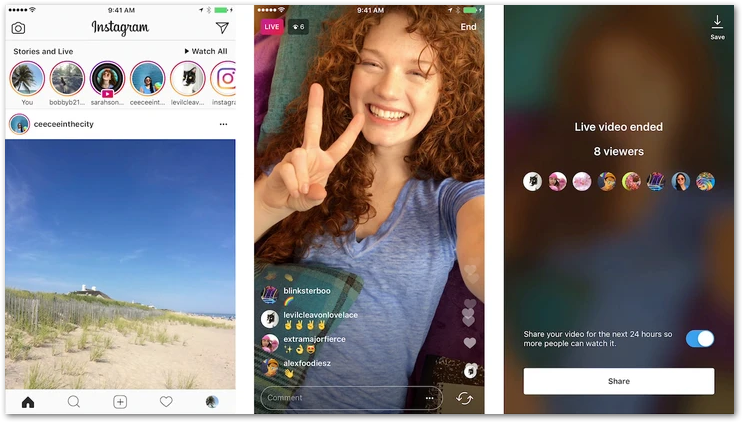
Video Content
A big part of social media content is now video-based, whether its YouTube, Facebook, Instagram or Twitter.
There are so many different marketing uses for video content on social media. You can sell something, promote something, build your brand awareness — the potential is endless.
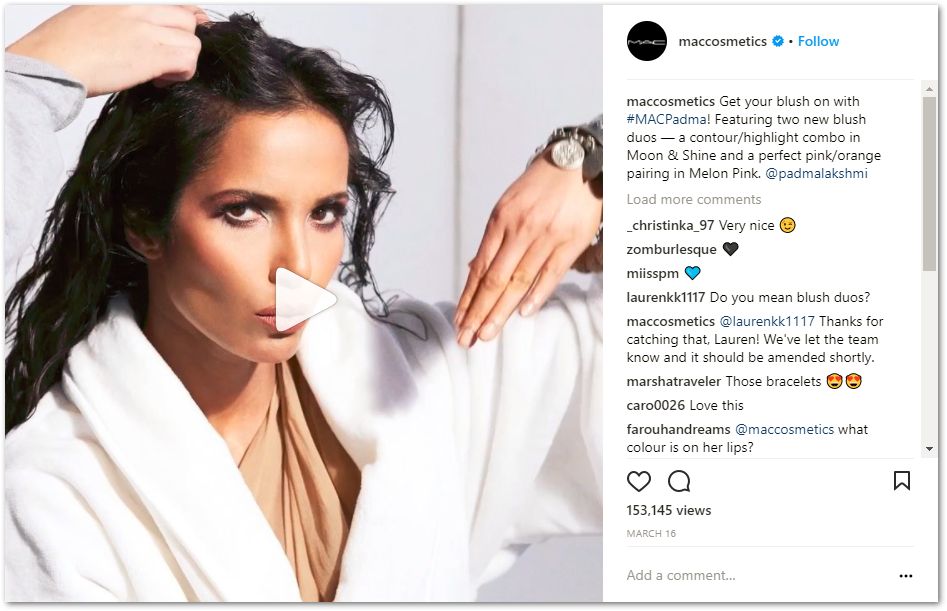
User-Generated Content
User-generated content is when your brand/business shares content from your users that is related to you. This is usually done with hashtags. Reposting your users’ content is a good way to build community engagement.
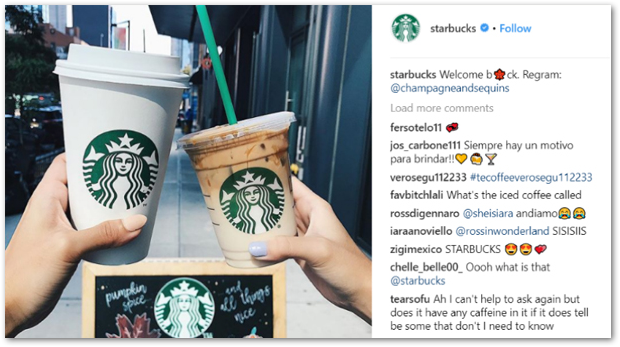
What Are the Benefits of Social Media Marketing?
- Reach Potential - Economical - Brand Awareness - Increased Leads & Conversions - Stronger Community Engagement - Increased Web Traffic
Reach Potential
The most obvious benefit is the reach potential — the ability to reach millions, even billions of people. With so many people on social media, your marketing campaigns can go “viral” and trend worldwide
Economical
Compared to old media marketing methods, like television, print or radio, your dollar can go further. Sometimes you can spend nothing, and gain critical mass levels of exposure.
NOTE: Not all social media marketing methods are economical — it really depends on the specifics.
If it’s not costing you money, it’s probably taking your time, and time is money.
Brand Awareness
Due to the sheer amount of people using social media, it makes it particularly effective for brand awareness.
FYI — “brand awareness” is basically how well, or how many people know about you/your business.
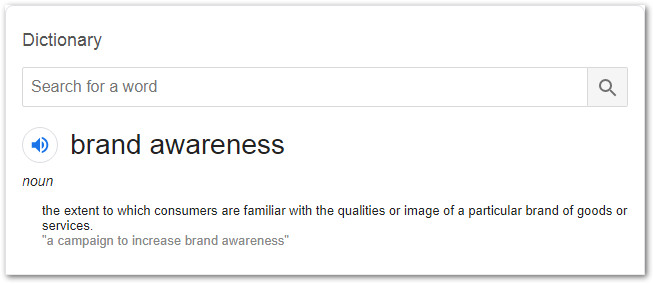
There are many ways/methods to use social media to build brand awareness. Hell, every social platform/app is different — there’s no “one-size-fits-all” strategy.
Increased Leads & Conversions
Social media is an awesome way to market and sell your products/services. This is not like sending out cold emails — social media is highly-targeted. Engagement is going to be high — this means great conversion rates.
Stronger Community Engagement
Social media is a great way to strengthen the engagement within your community. If you didn’t know, engagement is basically how active your followers on social media are.
A good example of a way to build community engagement on social media, is by posting user-generated content.
Increased Web Traffic
Social media can also be highly effective at funnelling large amounts of traffic to your website. If you sell products or services on your website, your social channels can help them get there.
How to Create a Social Media Marketing Strategy
-Set Realistic Goals - Use a Social Media Management Tool - - Research Your Audience - Research Your Competitors - Choose Your Social Media Marketing Platform - Create High Quality Content - Schedule/Automate Your Content - Analyze Your Results - Compare Your Results to Your Goals
Set Realistic Goals
Before you do anything, you should start out with a plan.
The first question you should ask yourself is… “What do we want to accomplish with this social media marketing strategy?”
Are you after brand awareness and recognition? Do you want to increase your website traffic? Maybe you just want more sales of your new product.
Whatever your goal is… Define it. Write it down, somewhere visible.
Use a Social Media Management Tool
This is not mandatory to run a social media campaign, but it is highly recommended.
A social media management tool is a software that allows you to… Manage your social media marketing efforts. Specifically, it makes creation, automation and analysis much, much easier.
Here are some popular choices.
Hootsuite
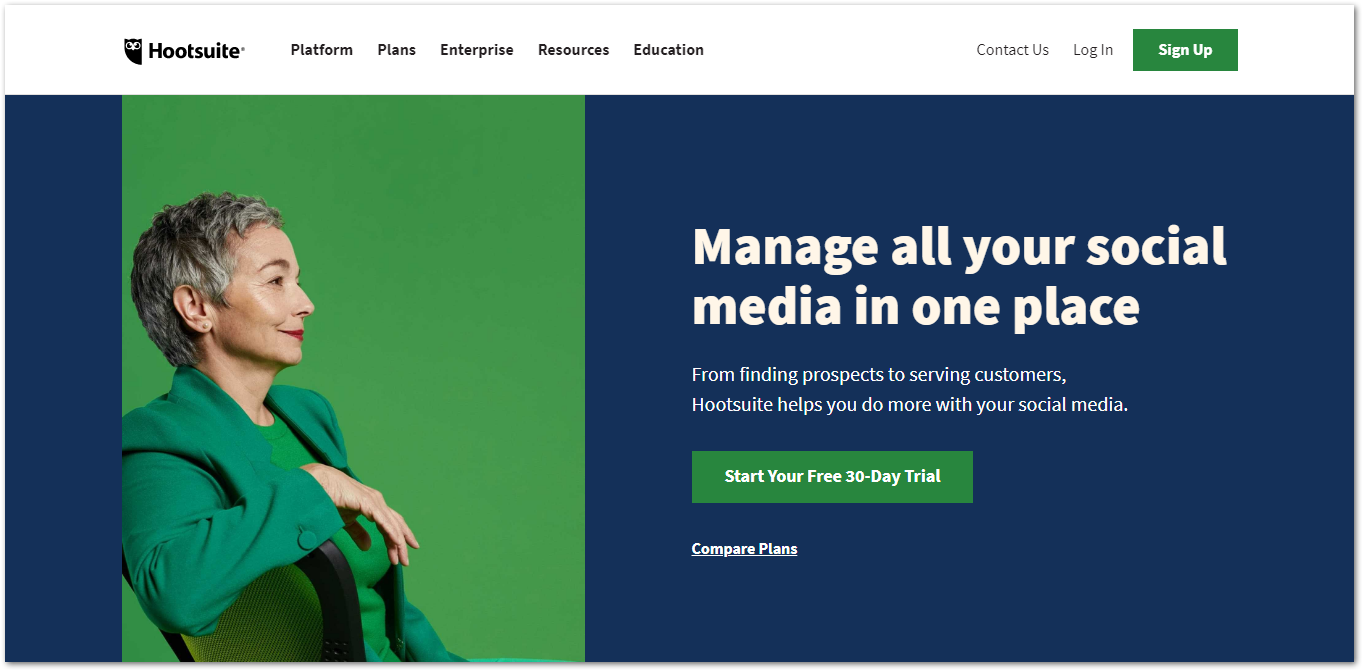
Hootsuite is one of the best social management softwares for smaller businesses.
Some of its features include:
- “Free” and “Paid” plans
- One dashboard for all social media platforms
- Free courses to educate you on social media marketing
Sprout Social
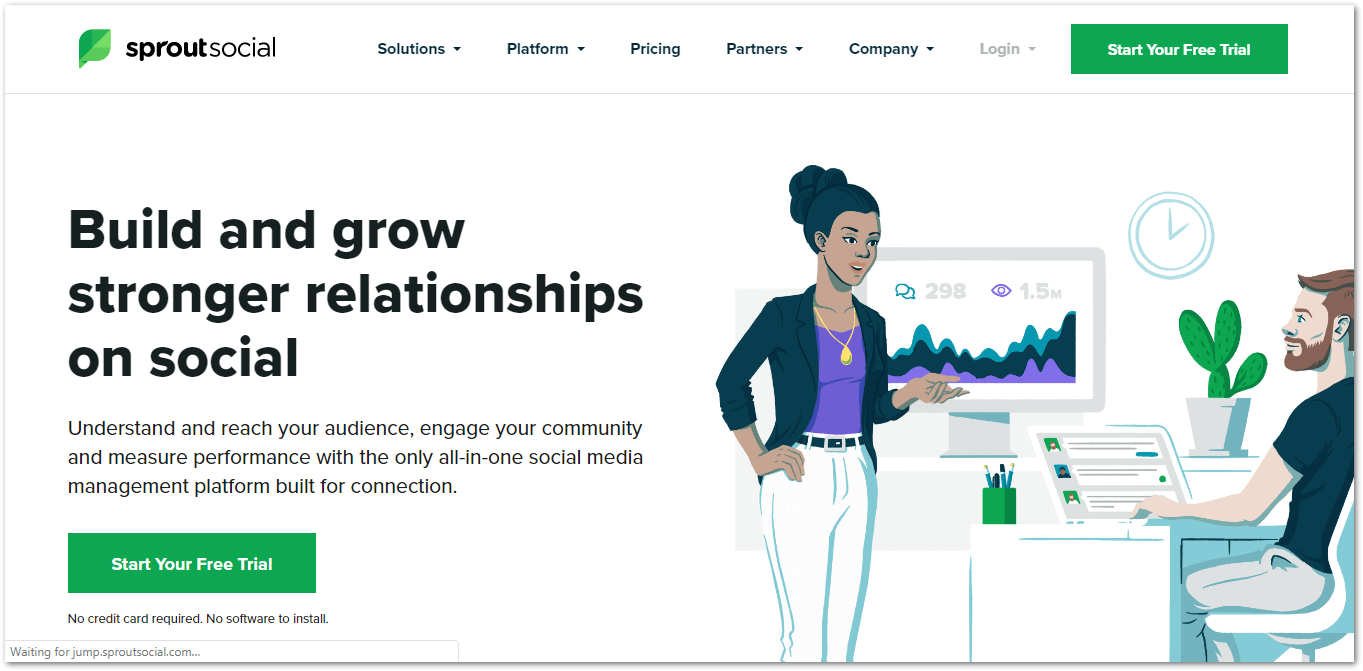
Sprout Social is more suited to larger businesses, as the lowest pricing plan is $99 USD a month. It’s used by companies like Titleist, and Subaru.
Some of its features include:
- 3 different pricing plans
- Content publishing
- Cross-network scheduling/automation
- Campaign analytics
Buffer
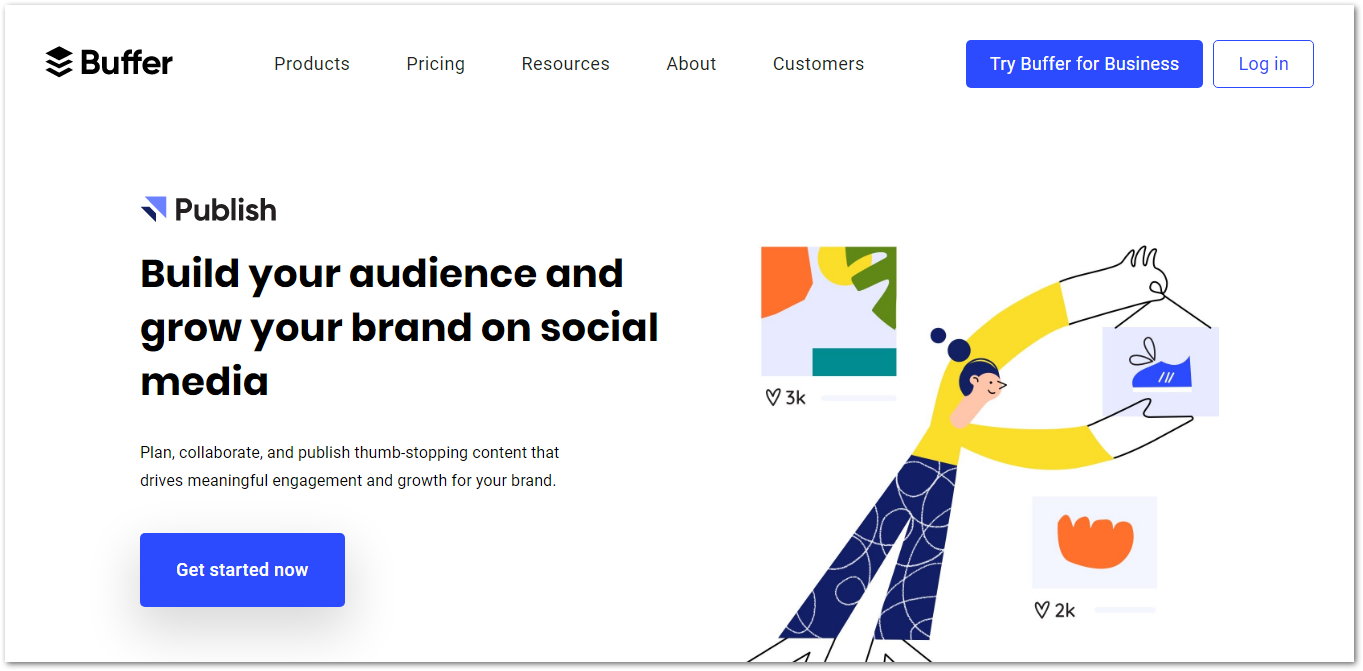
Buffer for its price, is a good “middle ground” option. With the $50 USD a month Premium plan, you get absolutely everything you need.
Some of its features include:
- Compatible for Instagram, Facebook, Shopify and Twitter
- Publishing, replying, analyzing functions
- Pro ($35/month) and Premium ($50/month) plans
Research Your Audience
One of the most important things you can do to ensure success in marketing, is to understand your audience. You do not want to make assumptions about what your audience likes, or thinks.
You need to find out as many things as you can about your “fanbase.” Are they mainly men, or women? What is the average age? Where do they live? Urban, or rural? There are so many things you can discover that’ll help your social campaign succeed.
The most important ones are definitely gender, age and location. Those will give you a strong idea of your audience.
There are a few ways we can research our audience — the easiest is to use a social media manager tool. Social Sprout, for example, has an audience demographics tool.
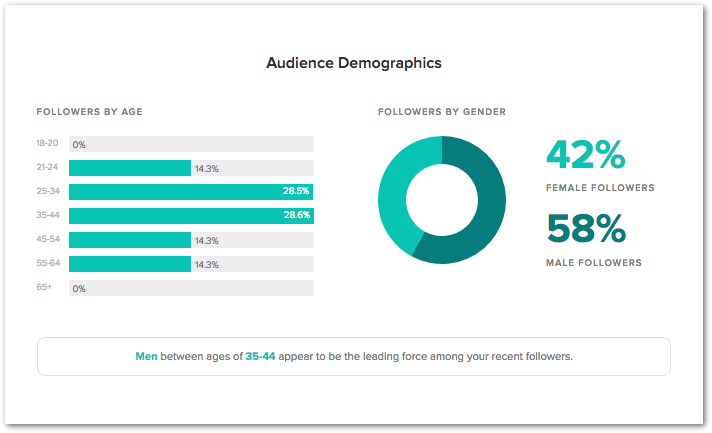
This is just one of many reasons why I recommended a social media management tool. Makes running a social campaign so much easier.
But if you don’t have one, that’s ok. Here’s what you can do.
Each social media platform has its own “audience insights” function/tool.
Facebook has “Facebook Audience Insights.”
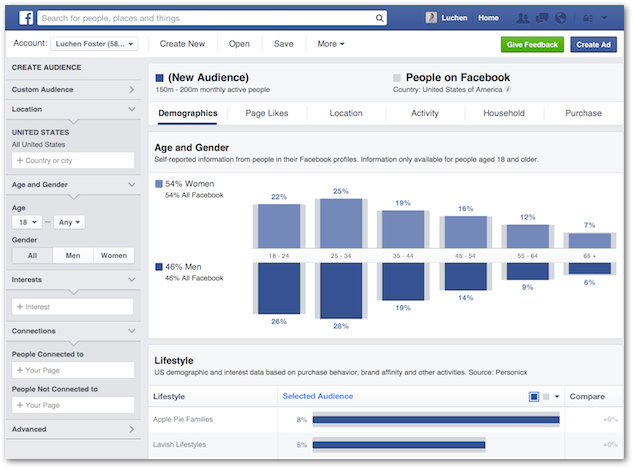
Instagram (which is owned by Facebook) has a similar tool — Instagram Insights.
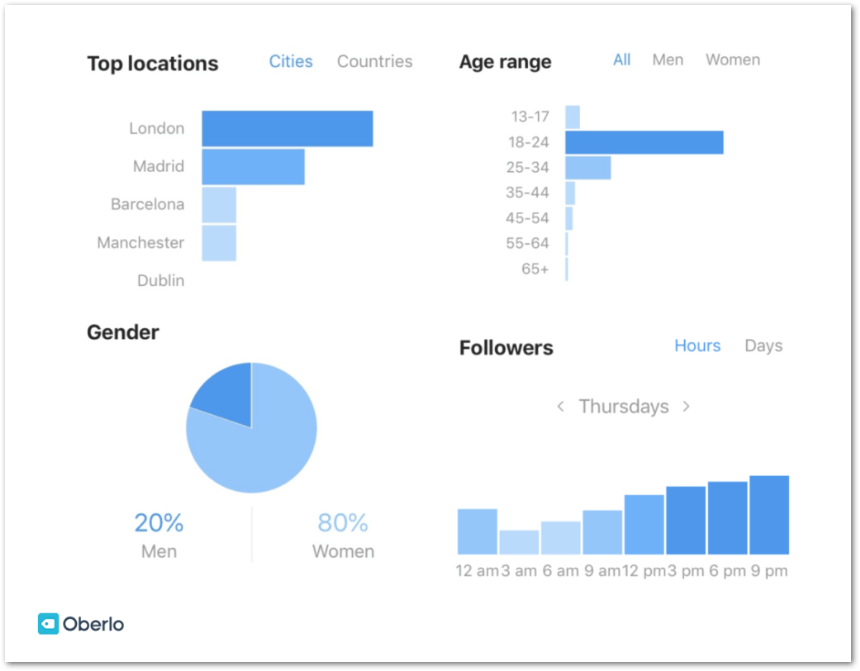
And not surprisingly, Twitter has one as well.
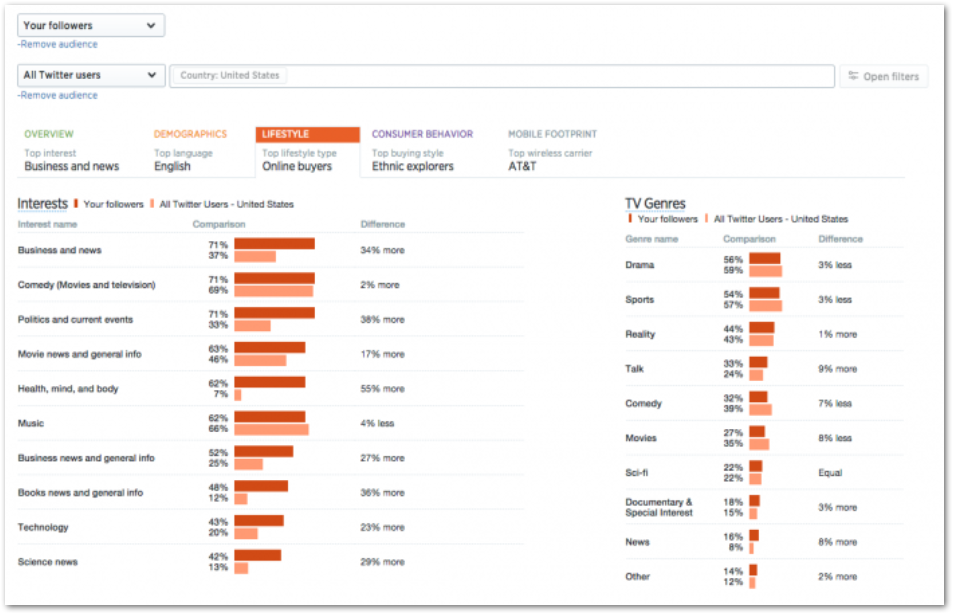
Pretty much all big social media platforms have built-in audience and analytics tools. So, if you don’t have a third-party social media management tool, just use the ones the platforms offer.
Research Your Competitors
You also want to find out what the competition is up to, regarding their social media strategy.
We want to find out 3 things about the competition.
1- What social media platforms they are on
2- What do their profiles look like
3- What does their content look like
Some social media tools can do this for you — Rival IQ for example, has a competitor analysis function
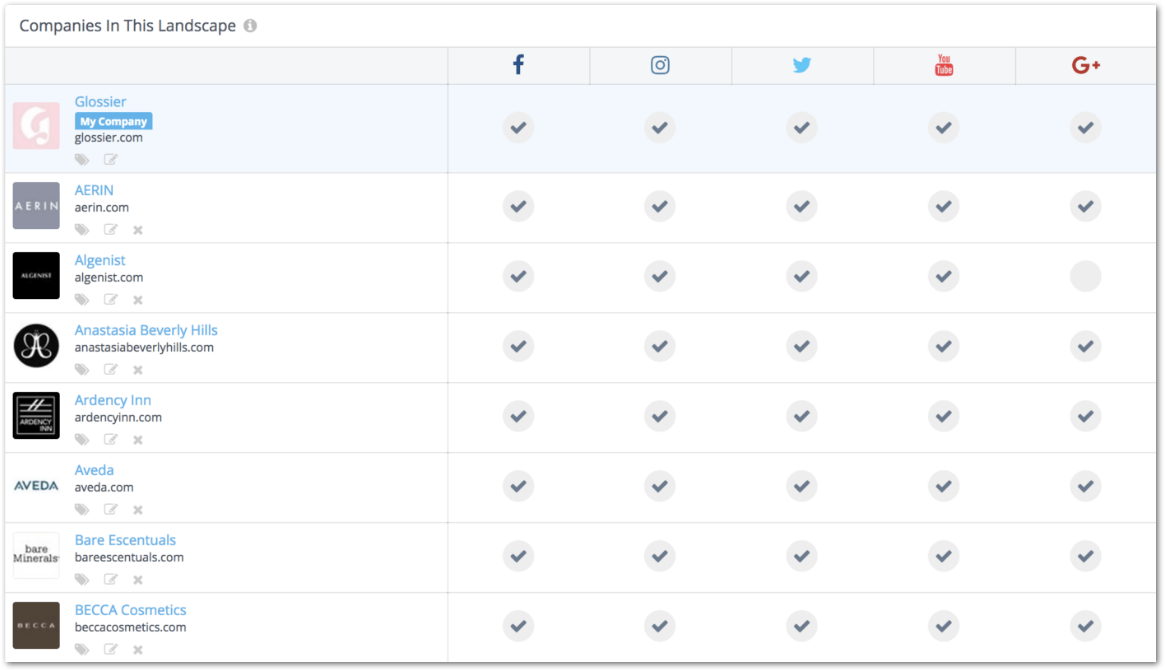
But competitor research is something that can be done quite easily, manually — here’s how.
1) Type your industry-related keyword into Google and click on a competitor’s result
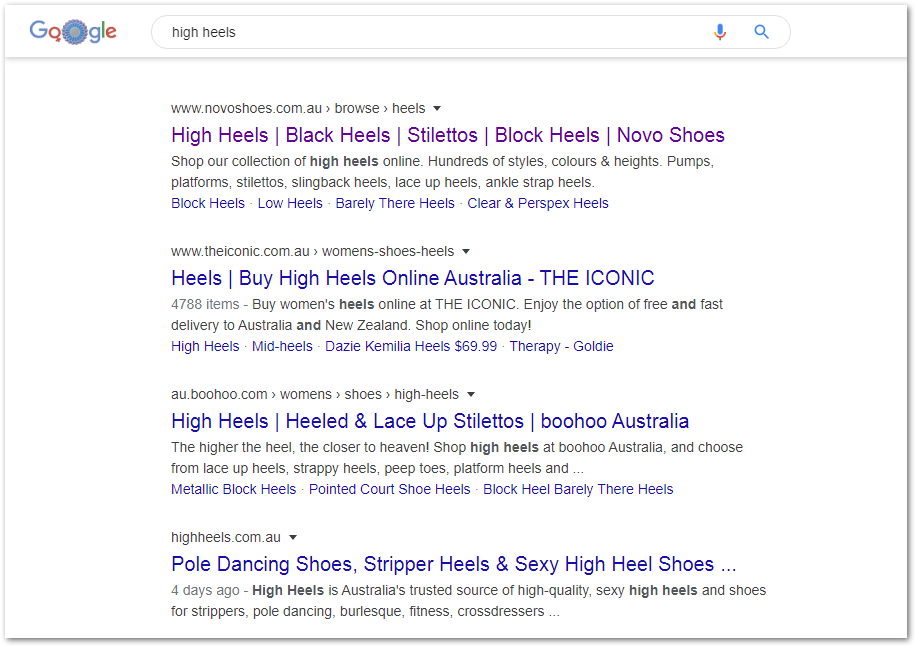
2) Look at your competitor’s website and see what social media platforms they use
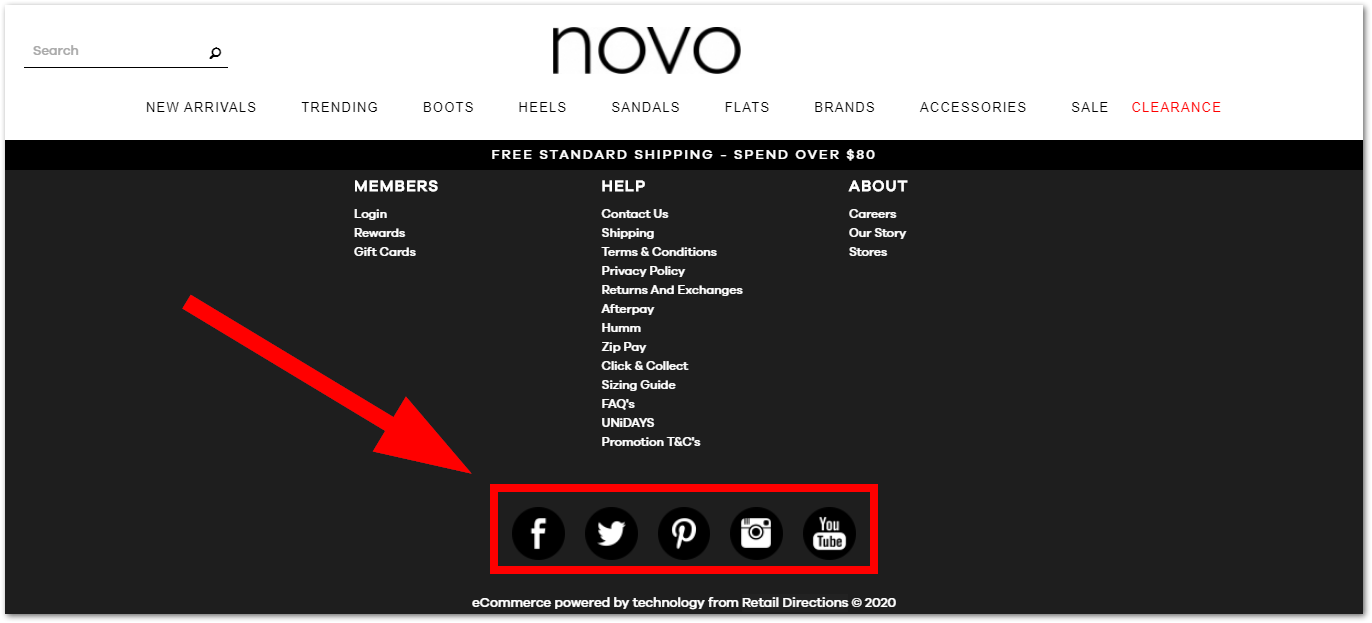
3) Research their profiles, look at their posts
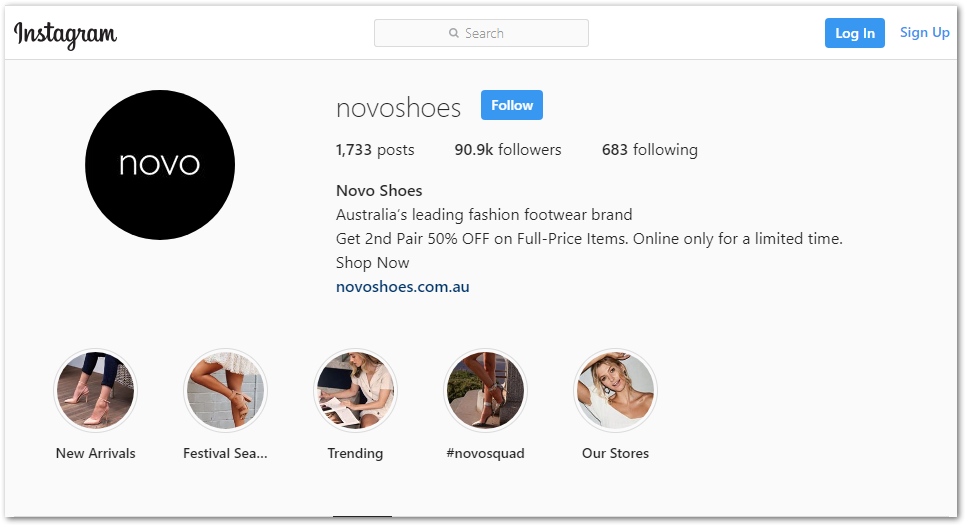
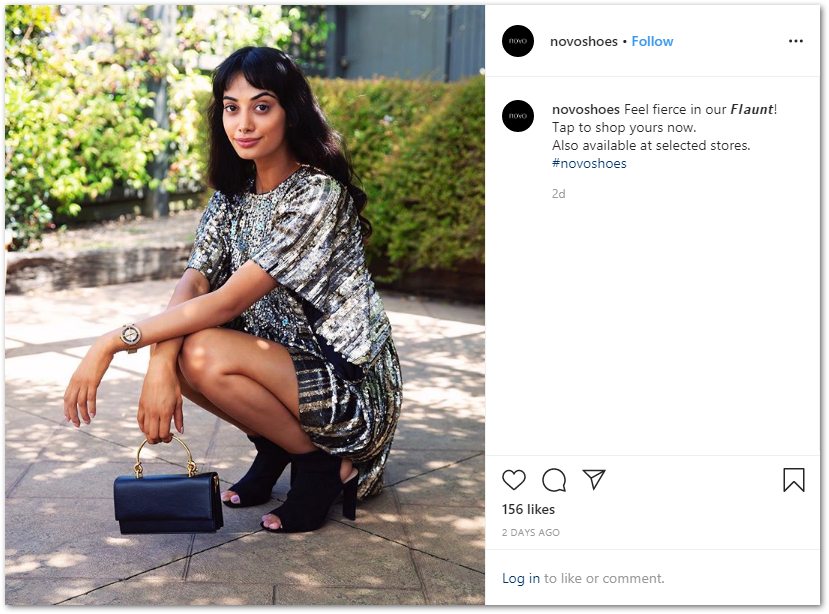
This should give you a pretty good idea of what your competition is doing. This information will help you create high-quality content, with your industry-specific audience in mind.
Choose Your Social Media Marketing Platform
Based on your audience and competitor research, you’ll determine the best social media platform to market on.
This doesn’t have to be only one platform. If it’s viable, given your audience and competitor research agrees, go right ahead.
It is however, important to remember that running a social media campaign costs money. You only have so much of a budget for it, let alone time.
Create High Quality Content
You now know who your audience is, what the competition is doing, and what platforms you’re going to use.
It’s time to make the content.
I’m not going to be able to tell you what content to make — you’ll already know this, based on competitor research.
What I can tell you, is the obvious — make your content better than your competitions.
If they have Instagram posts advertising products, then make a video post.
Video appears to be the hottest trend across most, if not all social media platforms.
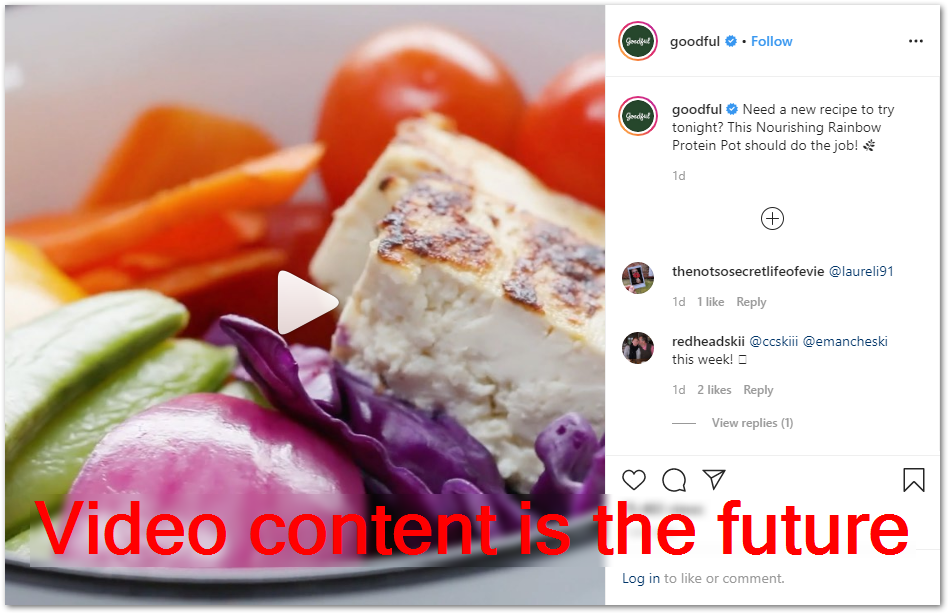
Don’t forget about live and story content — great ways to boost community engagement.
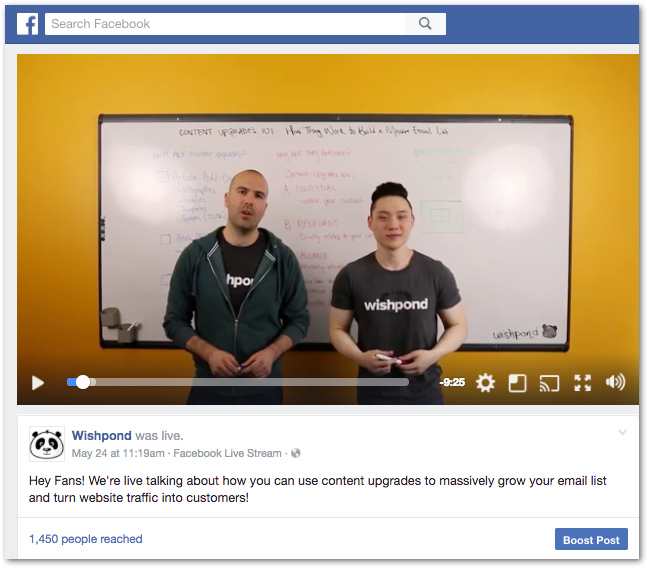
If you don’t know what to do, then for now, just copy your competition. Take small steps and try ideas out from there. There’s no shame in copying success — all businesses do it.
Just know that you want to be the one people copy. Only way you can be that business, is to take risks. To innovate and trailblaze.
Schedule/Automate Your Content
Now this is really where having a social media management tool starts to come in handy. Automation of your social content is important because putting together posts takes time. Time that you don’t really need to waste.
If you’ve got a management tool you can follow its automation instructions. If you don’t, just get Hootsuite. With its free plan, it allows you to automate up to 30 future posts.
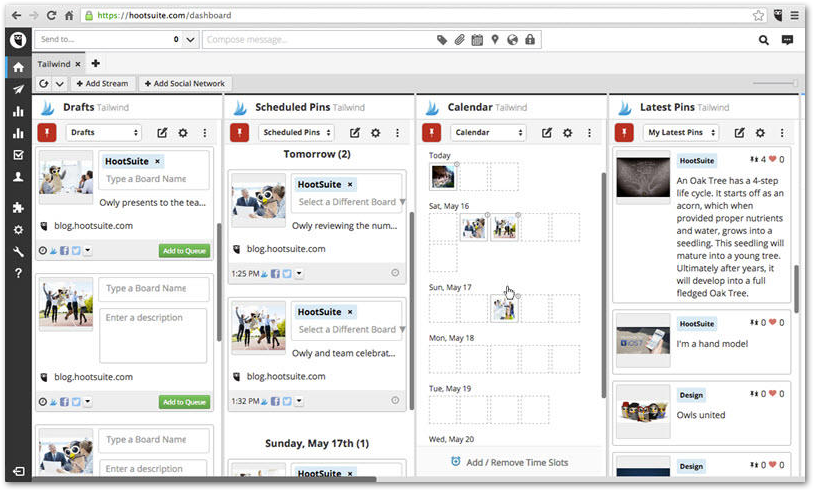
How often should you post?
This is an extremely important question — post too little and you don’t reach enough people. Post too much and you oversaturate and risk being blocked/putting them off.
There is a posting frequency that is just right.
So… What is it?
Answer: There is no universal answer. There have been numerous studies/research with different answers — there are simply too many variables to account for.
What platform are you posting on? What industry are you in? Where does your audience live?
The only way you’ll truly find out your best time to post, is to test for yourself.
This is what marketing is all about — testing a hypothesis, analyzing the data and making the adequate changes.
Analyze Your Results
You’ve successfully run a social media marketing campaign — congratulations! The job however, is still not complete.
Analyzing the results of your campaign is crucial — it lets you know what worked, and what didn’t. It gives you a framework for future campaigns, letting you know what changes to make.
Once again, having a social media management tool is going to make this part really easy.
But first, lets define the metrics that’ll measure our social media campaign success.
Social Metrics
Your social metrics are your statistical measures of performance. These are crucial to determining the success of your campaigns.
Here is a list of the basic social metrics you need to know:
Followers — This is basically how many people have followed, or subscribed to your social media account. They have explicitly signed up to view your content. “Followers” is a feature of almost every social media platform. Here’s an example from Instagram.

After running a social campaign, you should be able to visibly see how many new followers you have made.
Engagement — This is basically how many comments or likes your social content gets. Every platform has its own version of an “engagement” metric. Here’s a Facebook example.

Reach — When we talk about “reach” in social media terms, it means how many people your content has reached. On YouTube for example, how many views your videos have, is a measure of reach.

Shares — Shares are when one of your followers links/shares your content with their audience/followers.
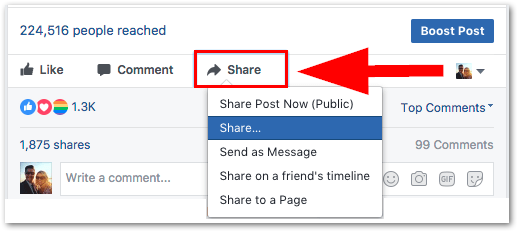
Reposts — A repost is when someone posts your content on their own profile. Certain pieces of content are designed to be reposted. It is a good way to go “viral.”

Mentions — This is basically how many times people on social media have “name-dropped” you in posts.
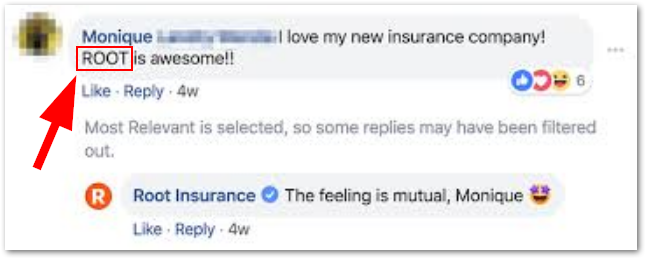
Tags — Similar to mentions, tags are when people attach you to their posts. This is commonly done with hashtags, or @username.
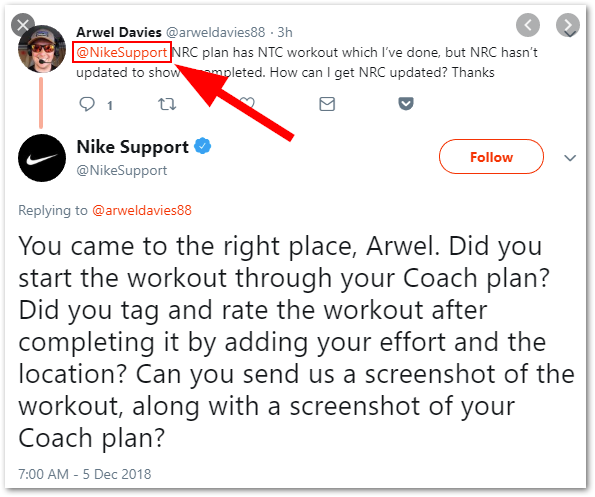
Video Views — This is a metric specific to videos — straight forward really — how many views a video gets.
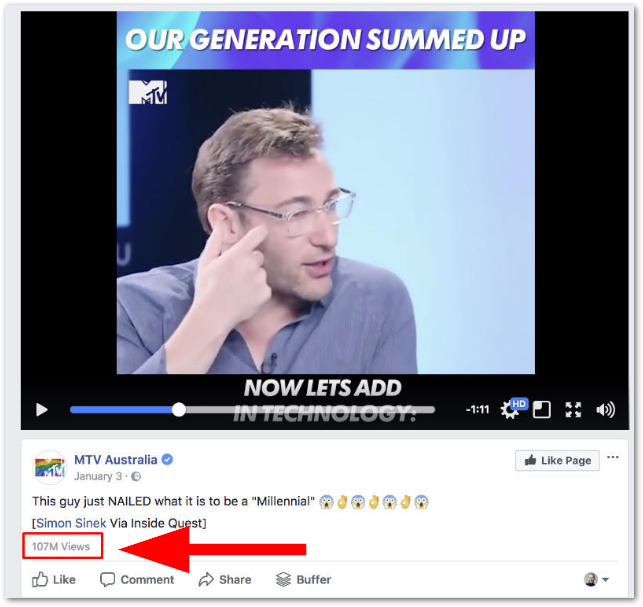
Profile VIews — Social media platforms come with profiles for people, or entities, such as businesses. Profiles are like the information page about you on social media. Some platforms show how many people visit your profile.
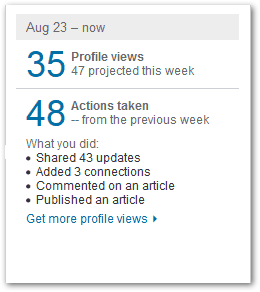
Your Analytics Options
To observe and measure the above metrics, you’ll need an analytics platform.
You have 2 options.
1. If you have a social media management platform, it usually comes with an analytics function.
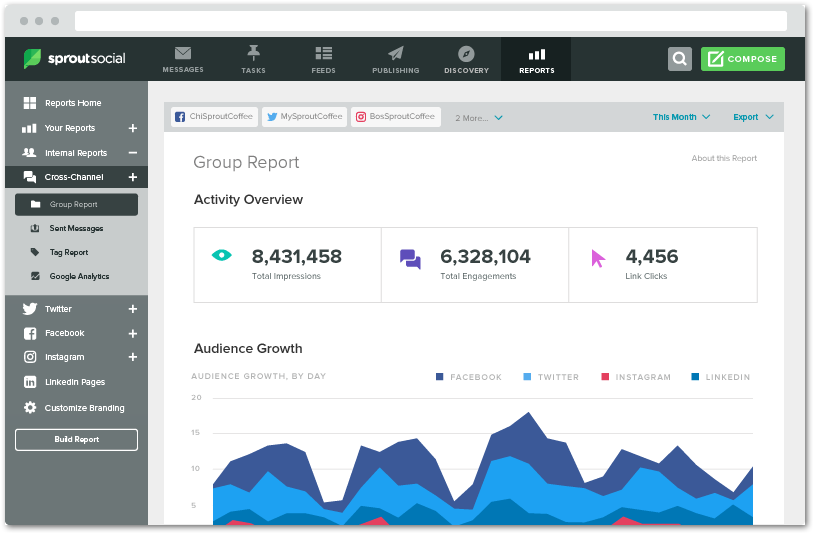
NOTE: Hootsuite’s free plan does not come with analytics.
2. You can use the analytics functions that the actual social media platforms provide.
For Twitter, you have Twitter Analytics.
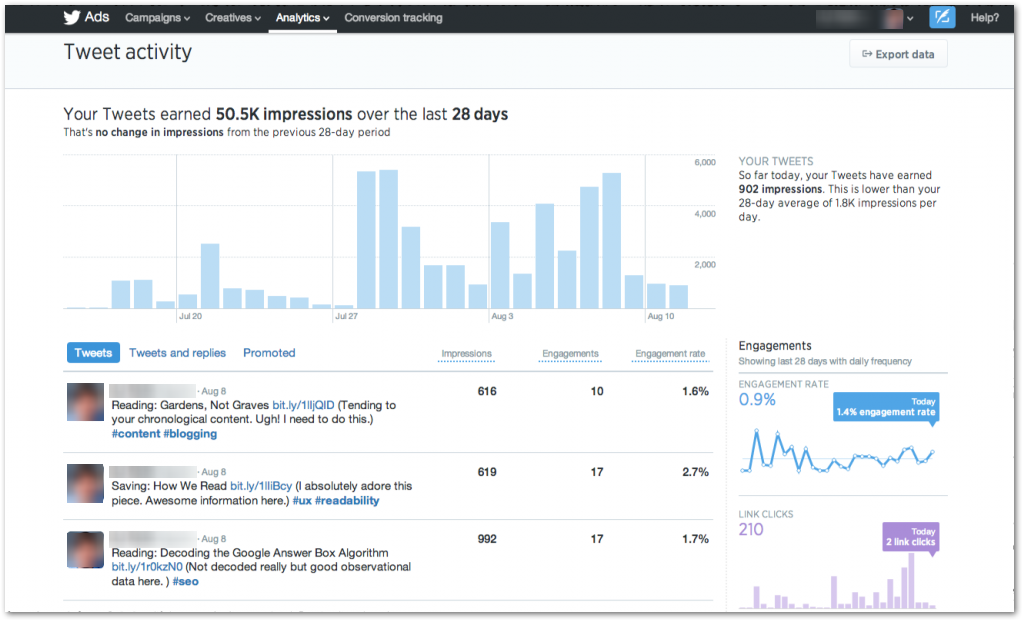
Facebook has Facebook Analytics.
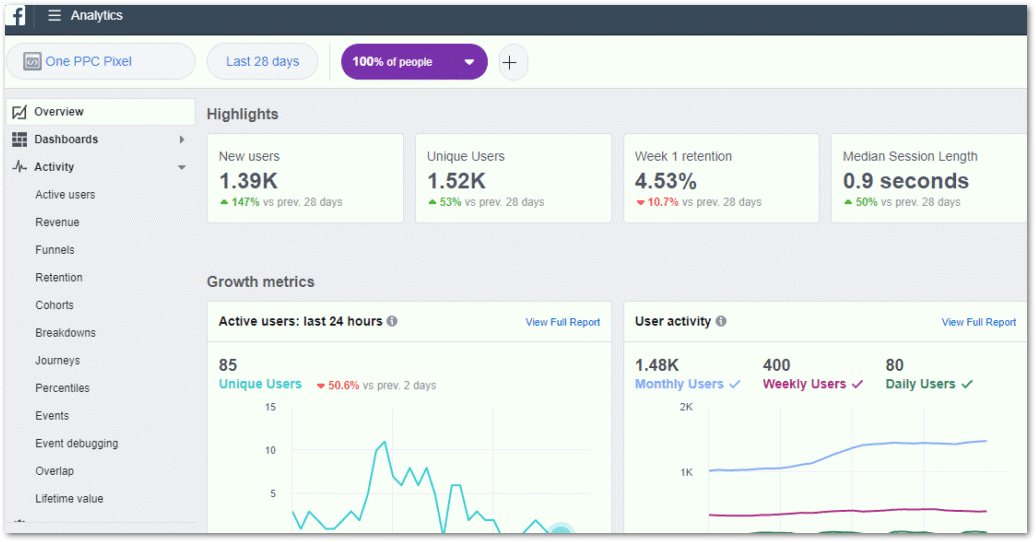
And for Instagram, Instagram Insights.
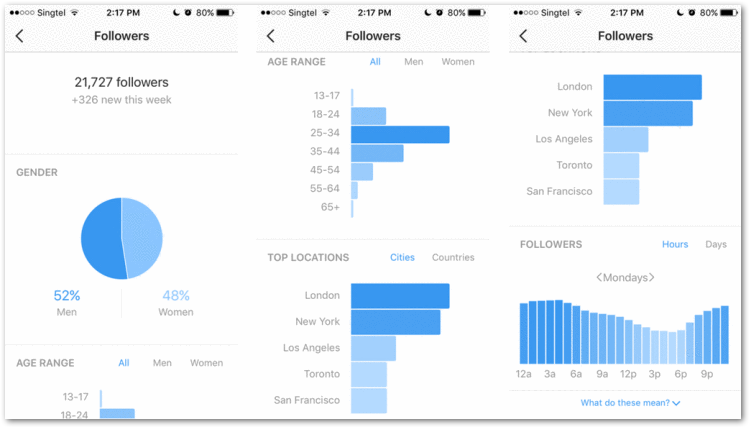
Pretty much every social media platform has its own analytics function/dashboard. With it, you should be able to deduce whether or not your campaigns are working.
Compare Your Results to Your Goals
Did your campaign succeed? Did you meet your pre-established goals? It’s always important to have this in mind.
If you met, or exceeded your goals, then pat yourself on the back. Lets now aim higher.
If you didn’t meet your goals, then figure out why. Analyze the data, find out what you did wrong. On the next attempt, implement changes. We all make mistakes, fail. The best we can do is learn from them.
Like Michael Jordan said…
“I’ve missed more than 9000 shots in my career. I’ve lost almost 300 games. 26 times, I’ve been trusted to take the game-winning shot and missed. I’ve failed over and over and over again in my life. And that is why I succeed.”
Final Thoughts
In this post we covered everything you need to know to create a killer social media campaign.
Social media is a marketing superpower — not taking advantage of it gives your competitors the upper hand.
What kind of social media marketing strategy will you implement? Got any questions? Leave a comment below!
